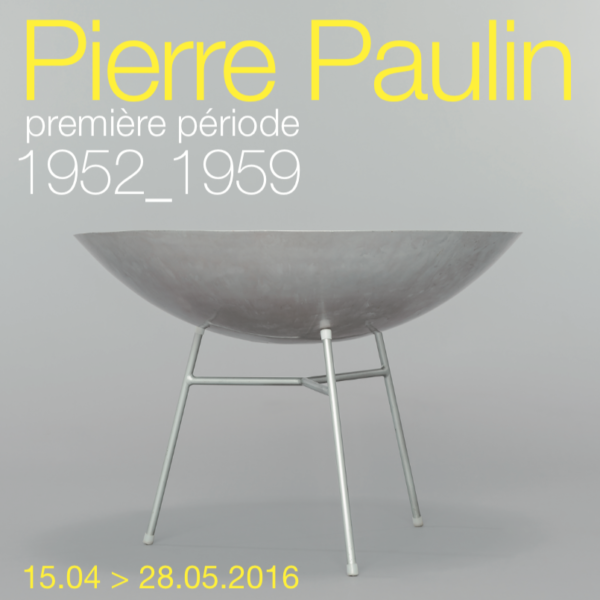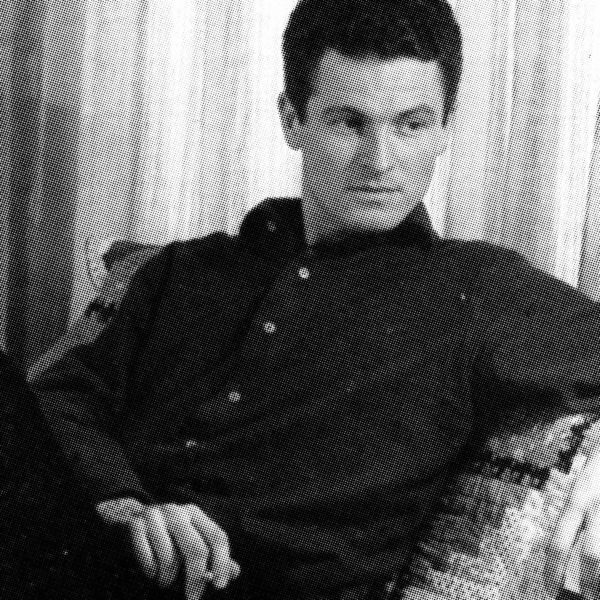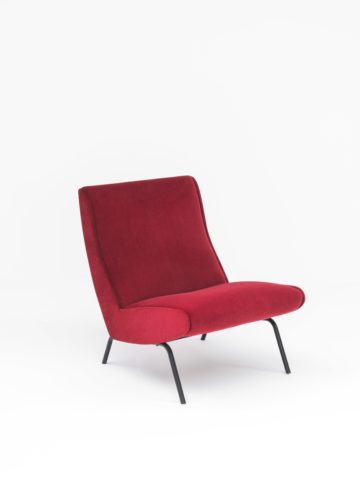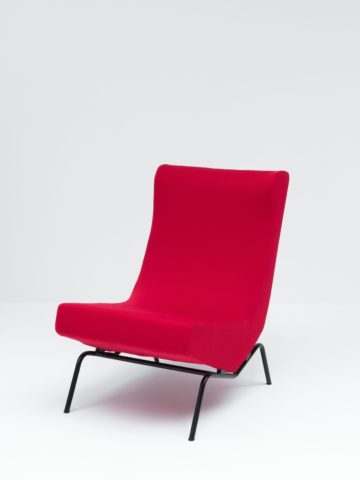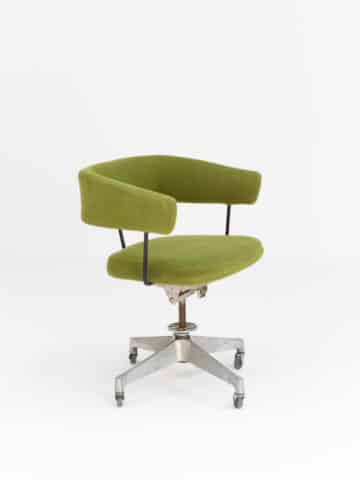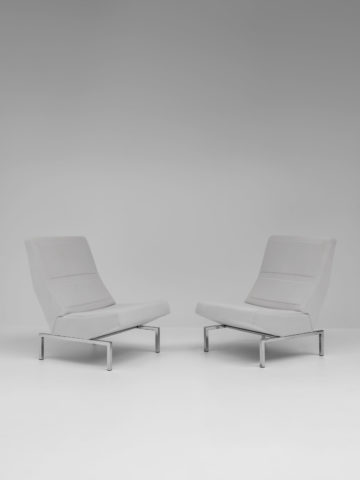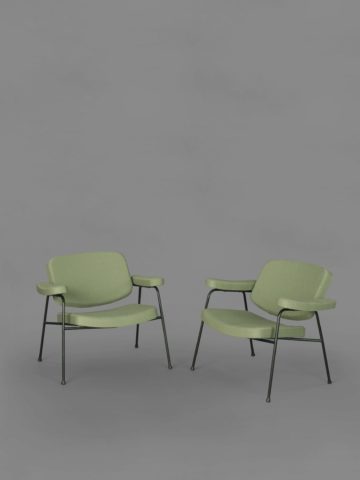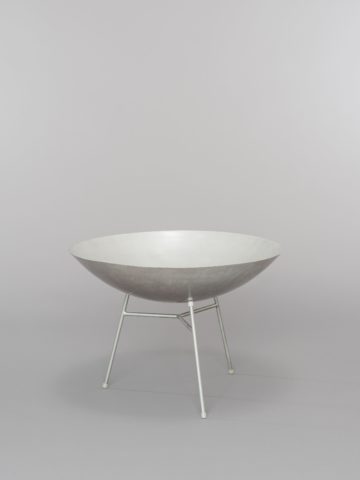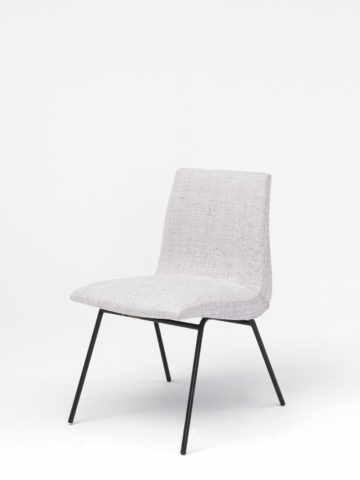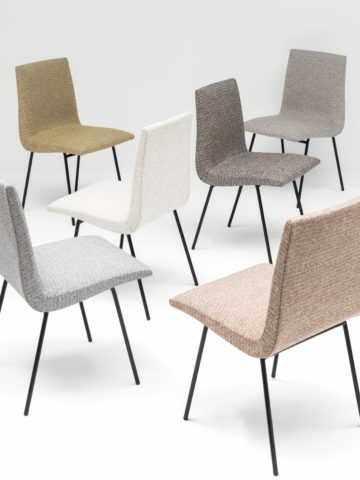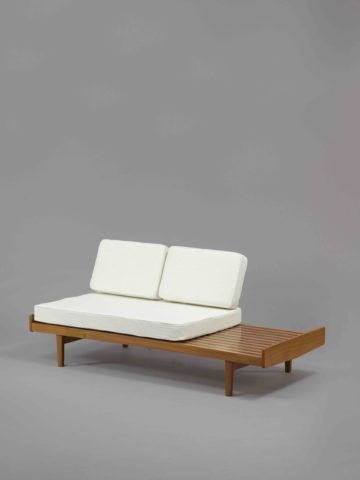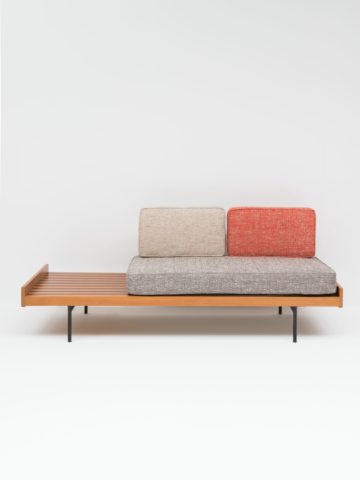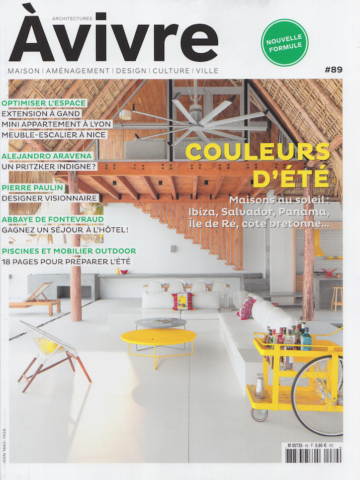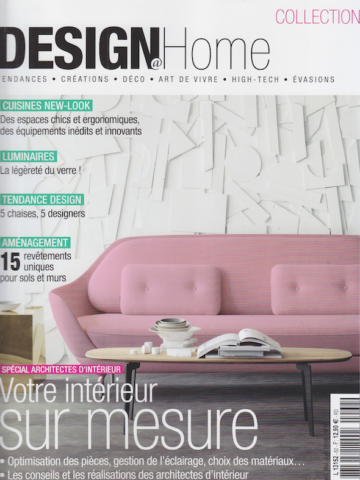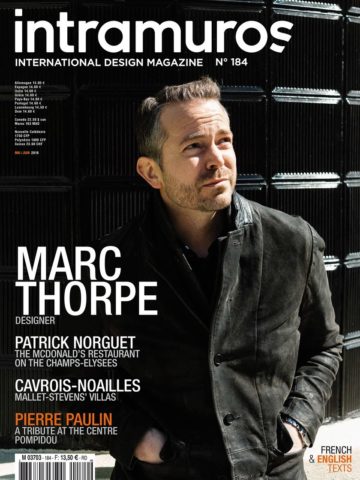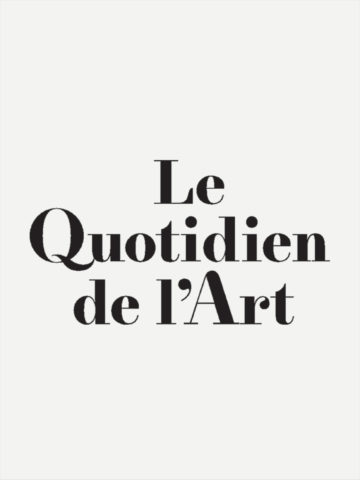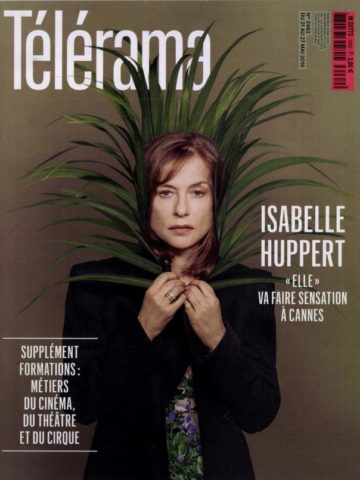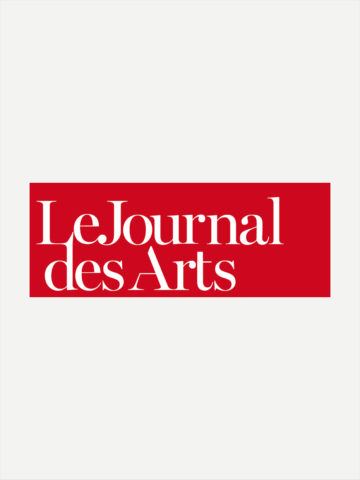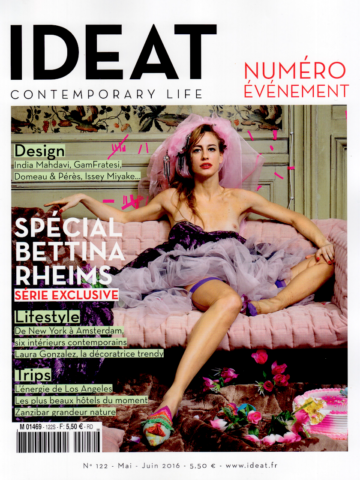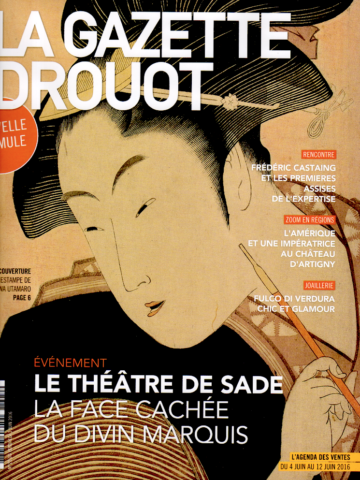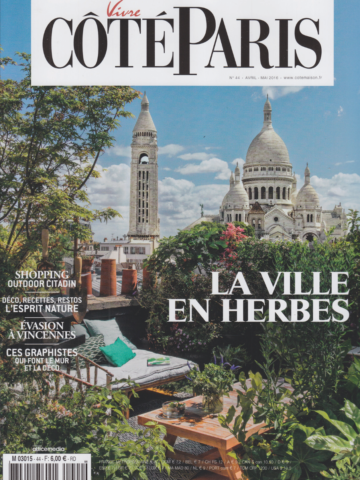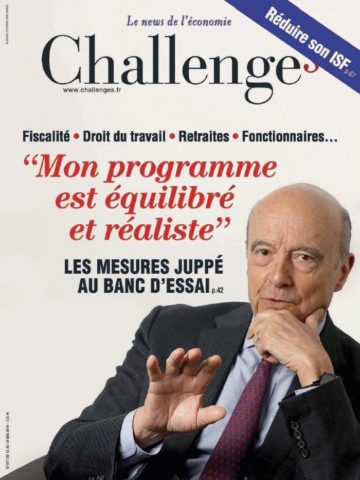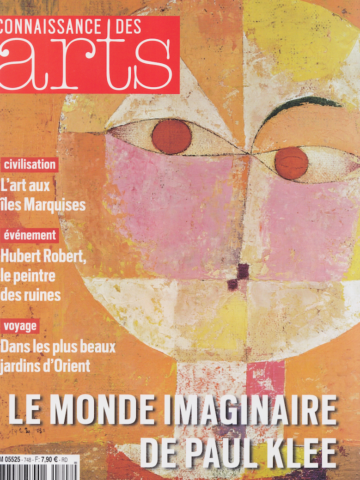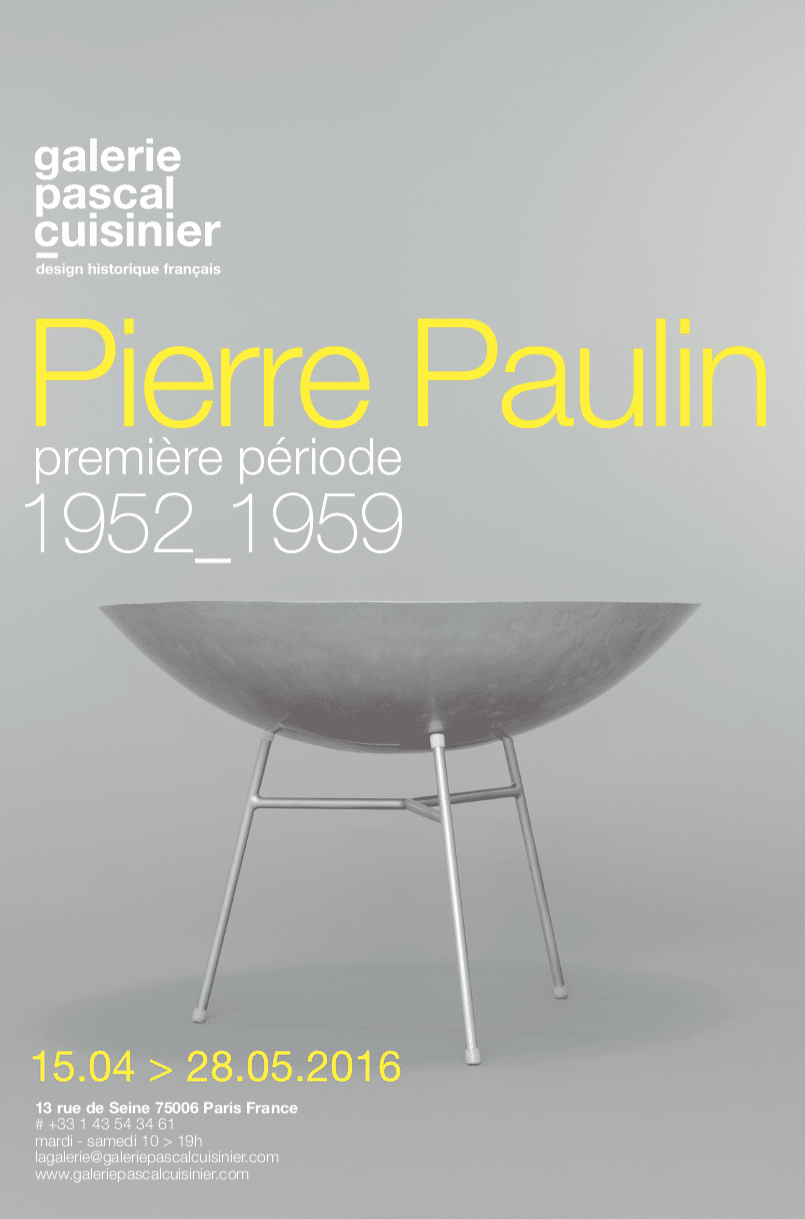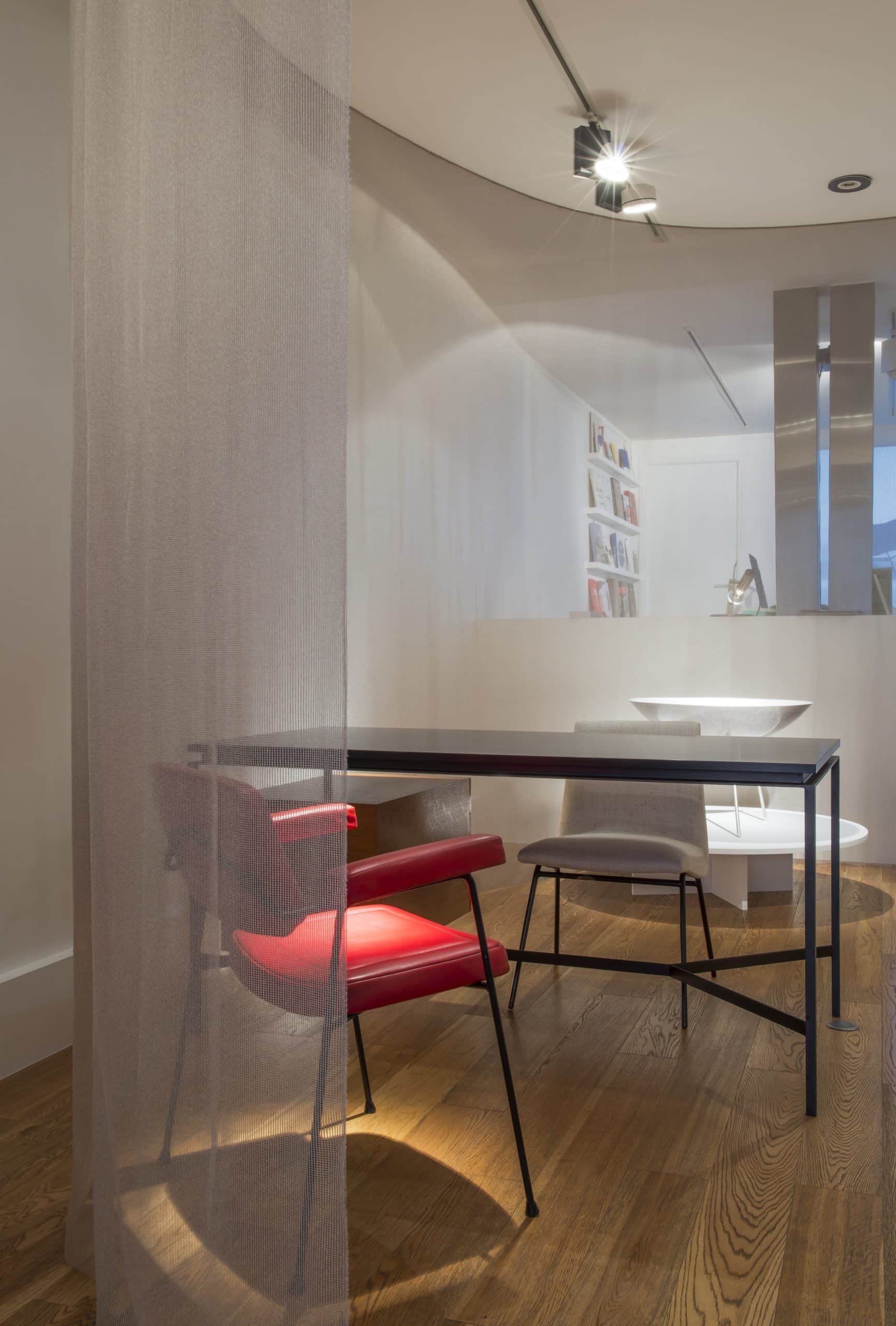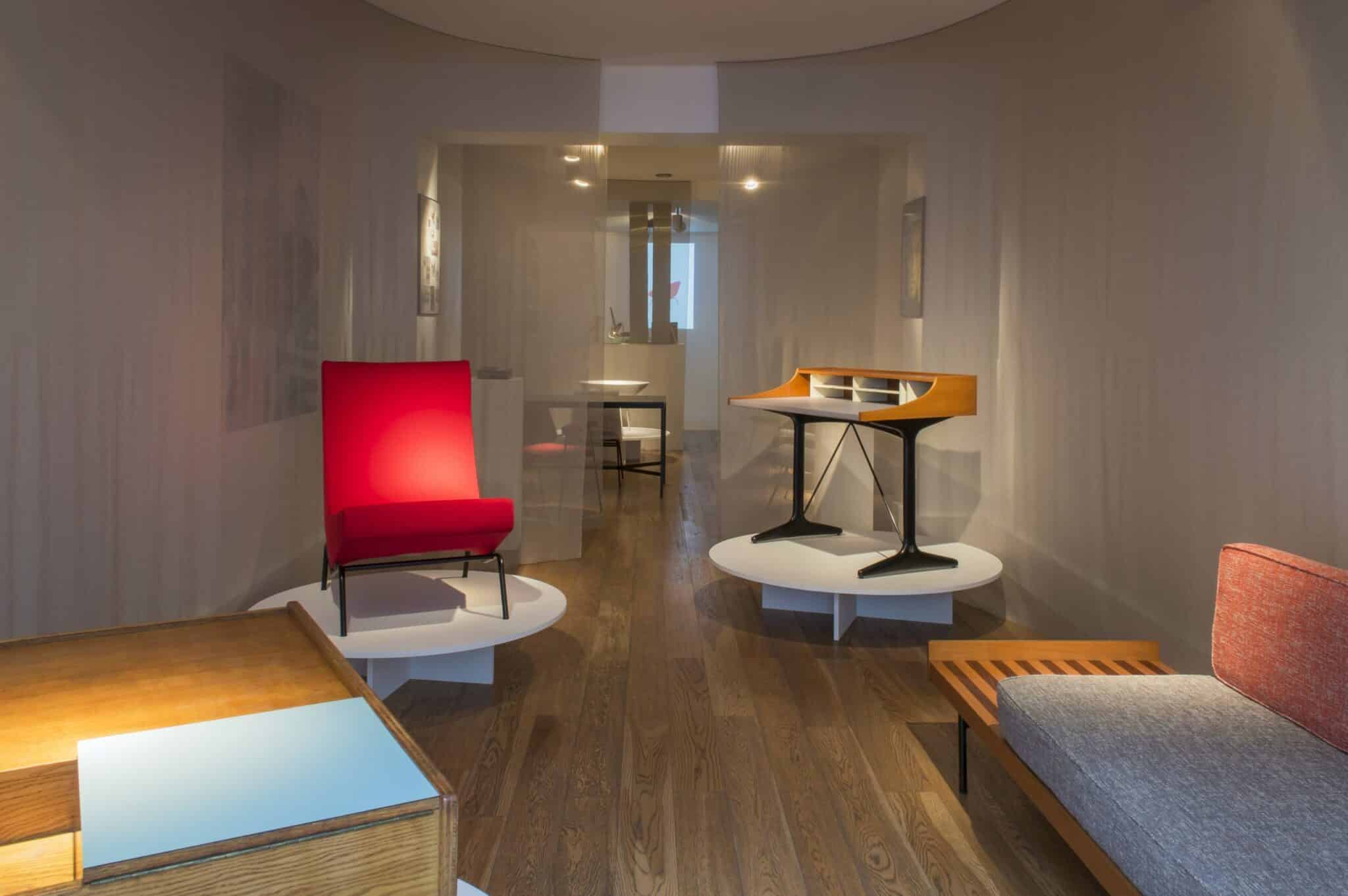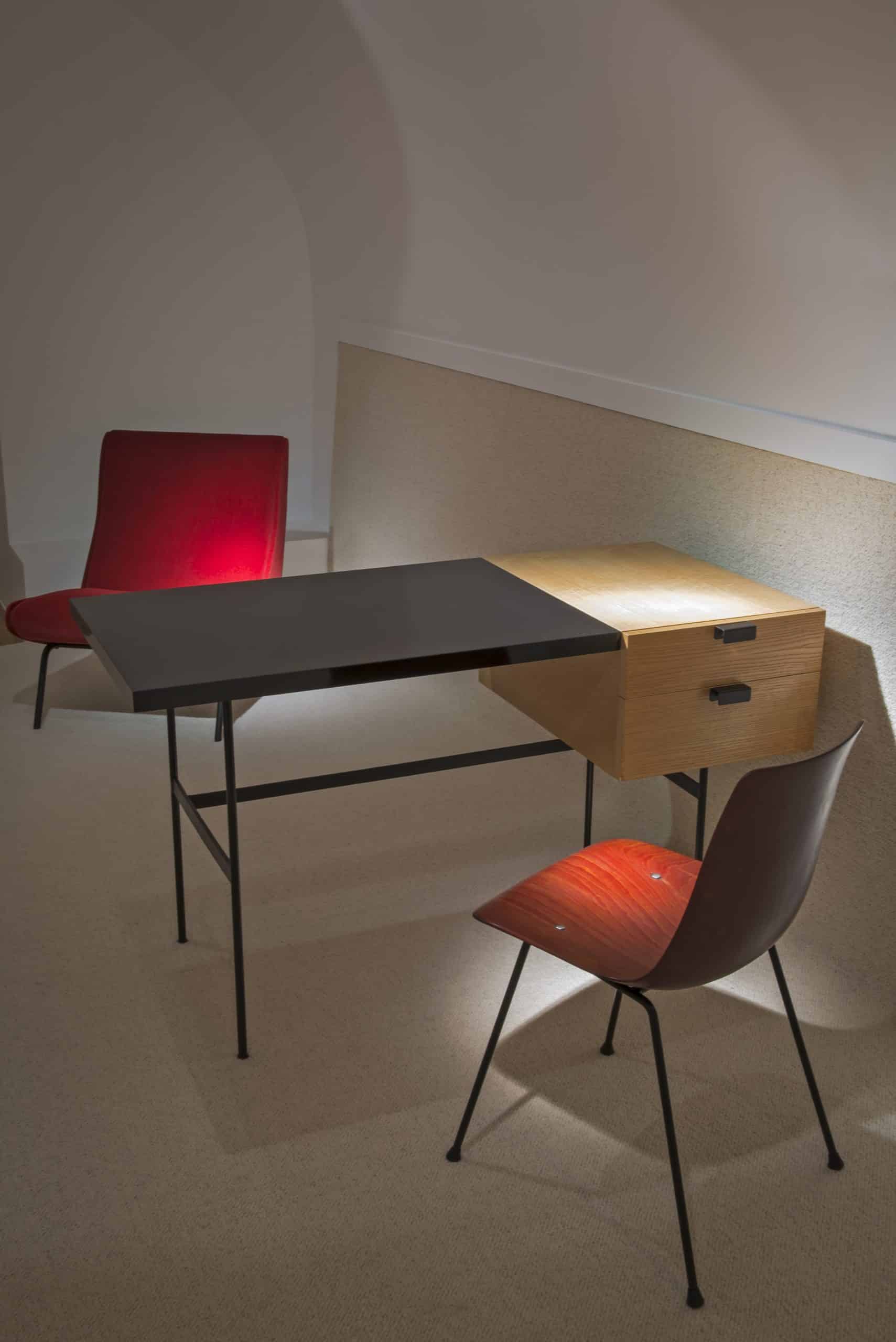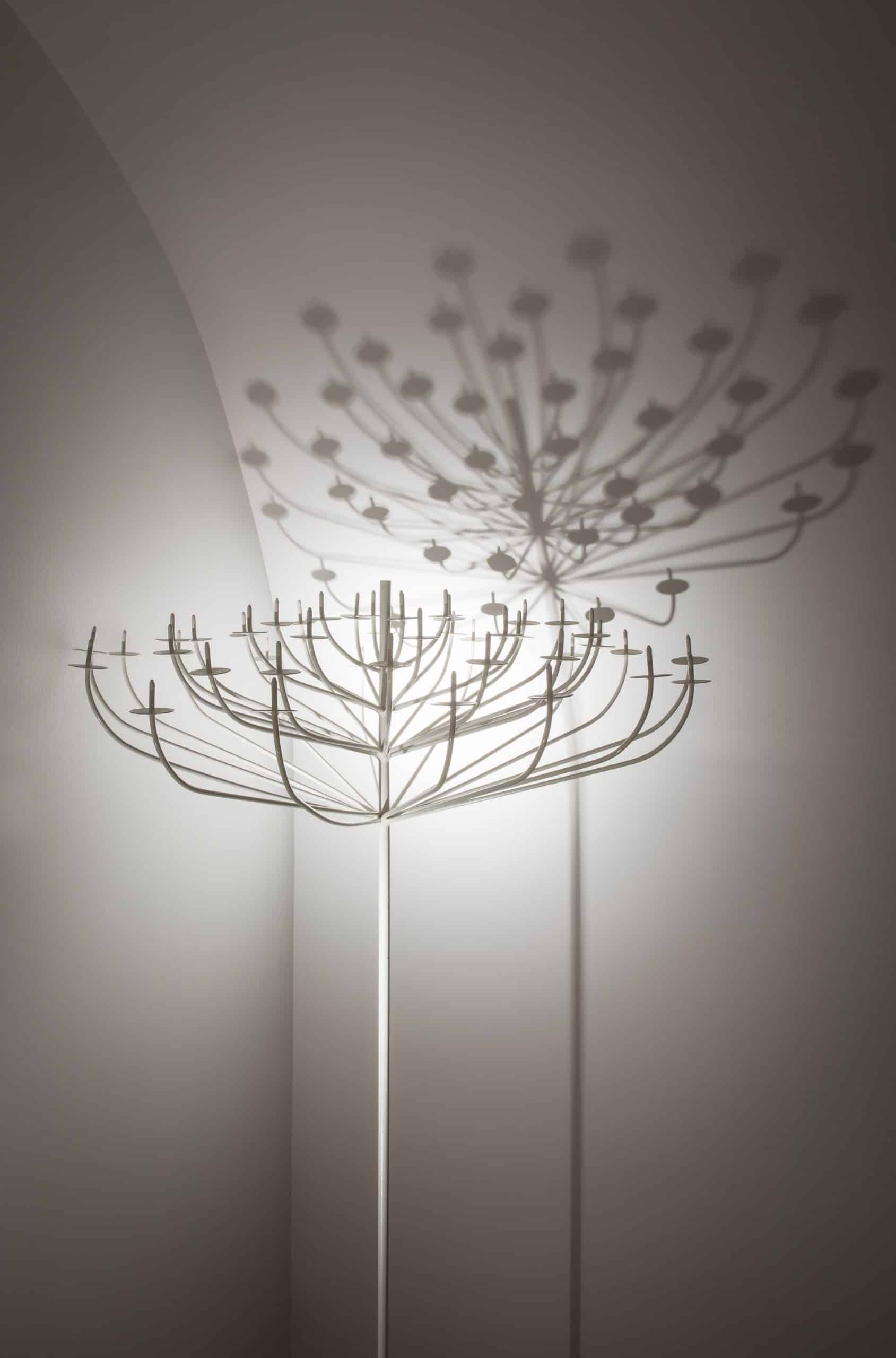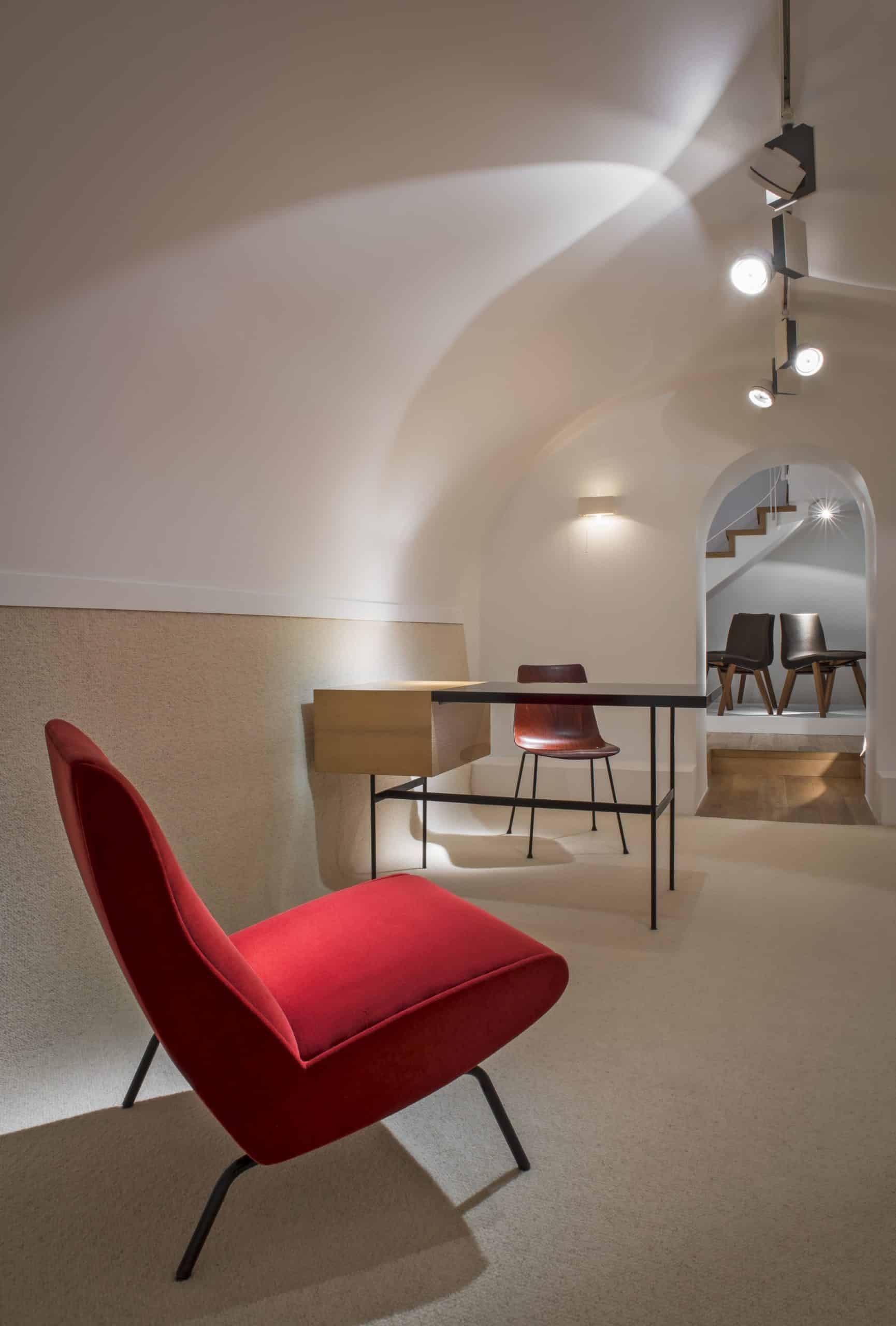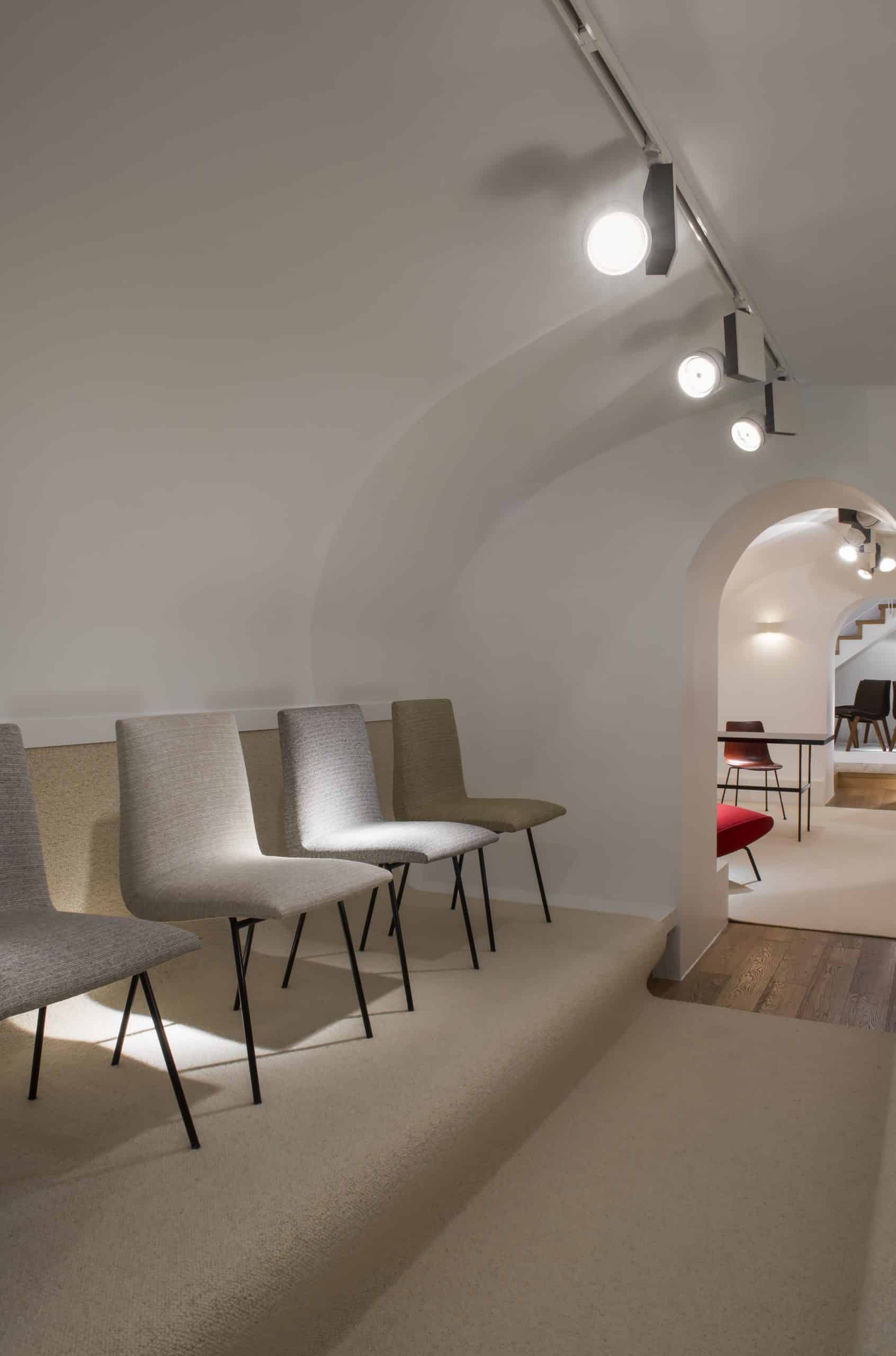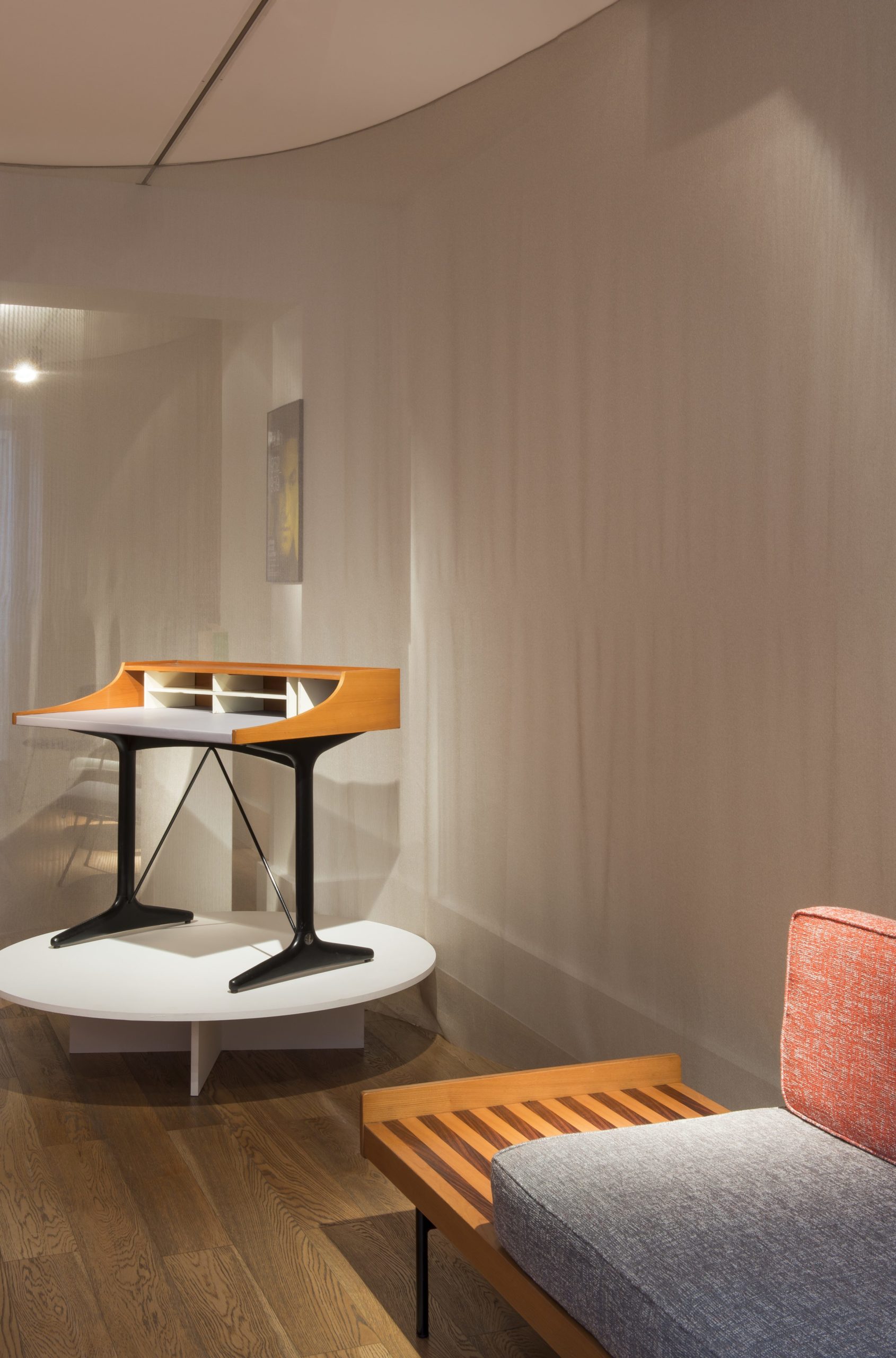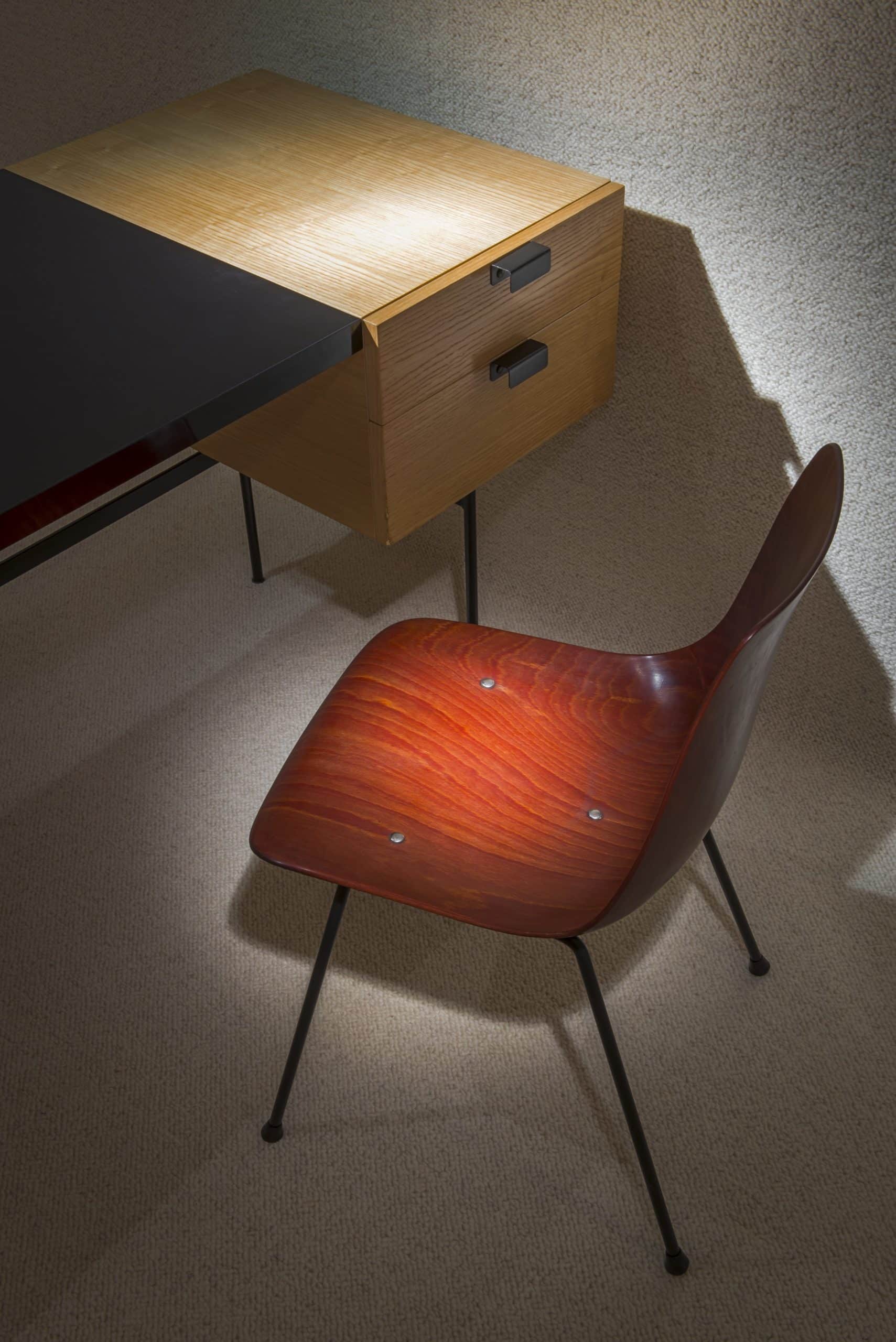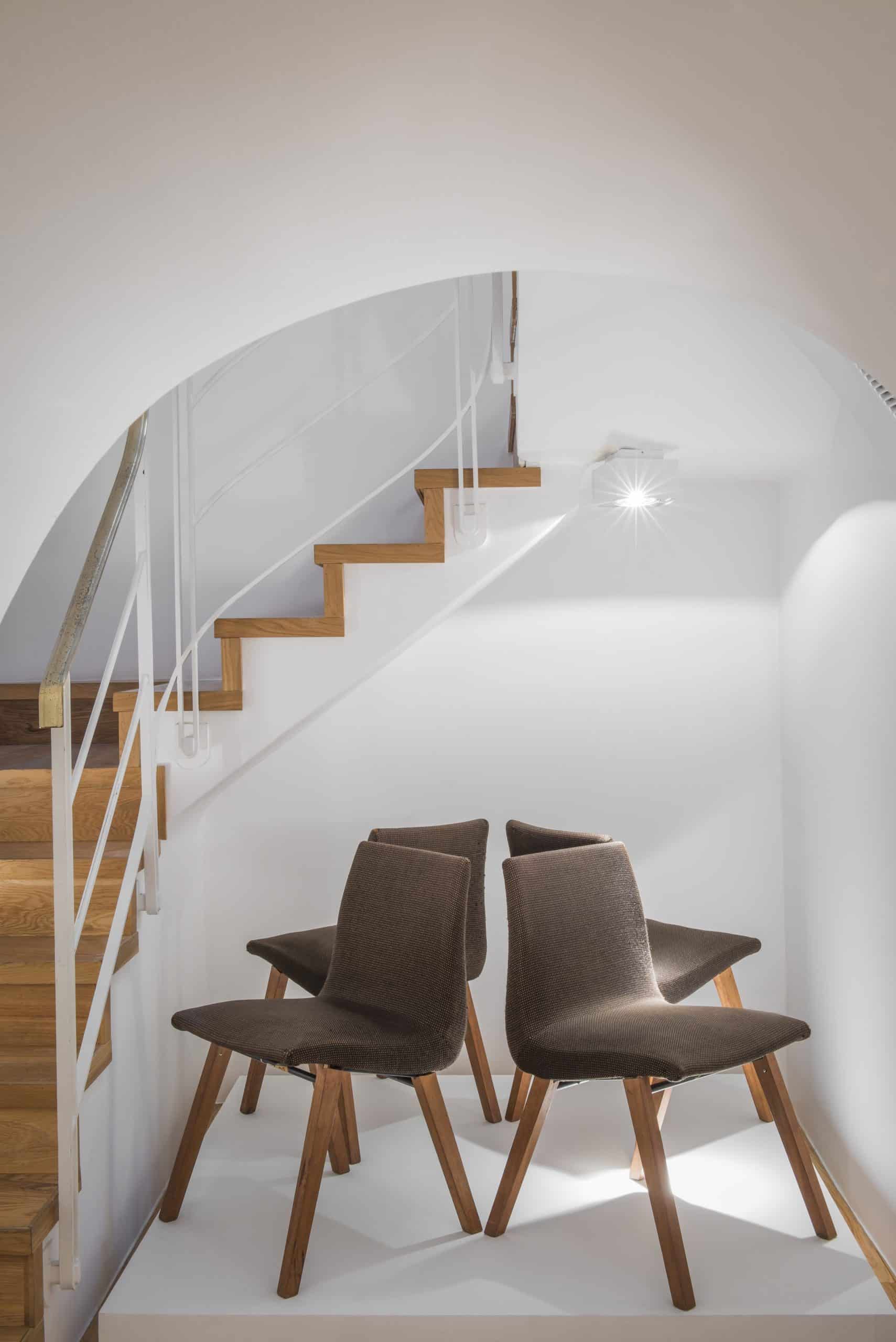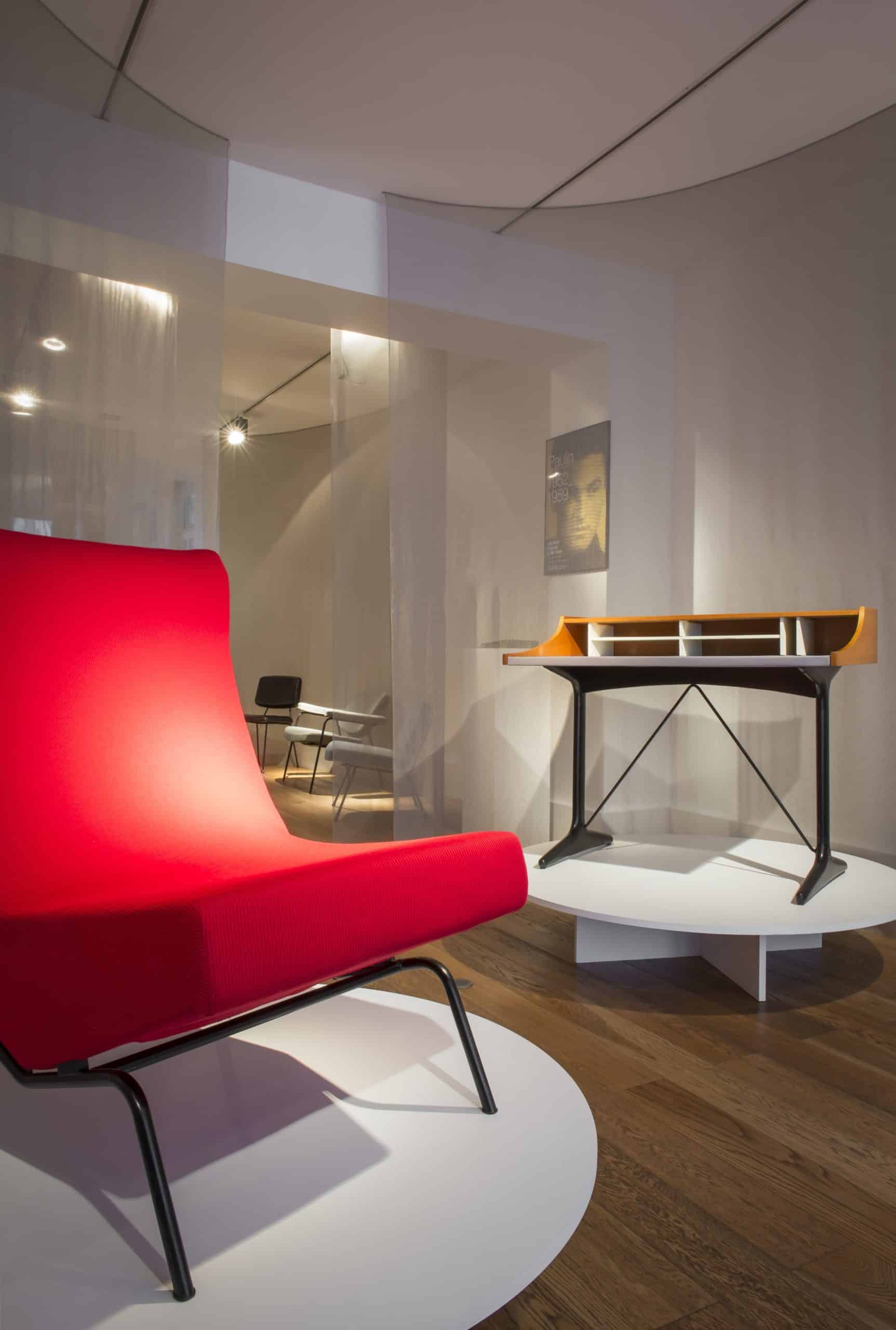Pierre Paulin
Early years : 1959-1959
15/04/2016 - 28/05/2016
In response to the large number of tributes recently paid to the work of designer Pierre Paulin, the galerie Pascal Cuisinier has decided to bring a less familiar part of the designer’s creative output to greater public attention – work from his early years.
Pierre Paulin is one of the best-known and most significant French designers of his generation. He was regularly sought after to undertake prestigious projects, such as the re-design of the French President’s private apartments in the Elysée Presidential Palace in 1971 and again in 1984 at the behest of Georges Pompidou and François Mitterrand. His reputation also stems from his chair design work for Dutch manufacturer ARTIFORT.
The young designer’s early years were noteworthy because already glimpses of Pierre Paulin’s later work, characterized by balance, painstakingly thought-out solutions aimed at optimal comfort and functionality, together with sheer practicality, were much in evidence. These traits were to become apparent on a much larger stage in the years to come.
Pierre Paulin studied at the Ecole Camondo until 1950, before joining Marcel Gascoin’s design agency, on the advice of one of his university professors, Maxime Old. Here he came into contact with designers Michel Mortier, Joseph André Motte and Pierre Guariche who, like him, were exponents of simple, pared-down and practical design that was intended to cater to the mass market, rather than being in hock to a particular aesthetic style.
From 1953 on, Paulin made his mark at the Foyer d’aujourd’hui exhibition with his ‘ideal apartment’, which he produced himself. At the same time, his work was spotted by Meubles TV, which went on to manufacture some elements of his collection, notably the famous model 119 low sofa. Between 1954 and 1967, Thonet France asked him to design a large range of chairs and other furniture aimed at the French local government procurement market. In 1958 he became the star designer for Artifort’s Harry Wagemans.
The Galerie Pascal Cuisinier intends to showcase the designer’s earliest creations, which are very much of a piece with the designs by the highly-prolific first wave of modern French designers, who were an integral part of the tremendous artistic creativity that characterized France in the ‘Trente Glorieuses’ (the ‘thirty glorious years’, 1946 to 1975, marked by great strides forward in many spheres of French society). The works on show offer a good summary of the key concerns and issues of the post-war period. The new approach to the arrangement of space in post-war ‘reconstruction’ residential buildings spurred on the quest for furniture that was good-quality, practical, mass-produced and accessible to the mass market.
The young Paulin, who lived in rue de Seine, Paris, was a habitué of the American and Scandinavian design outlets which had recently set up shop in the Saint-Germain-des-Prés district. This sudden advent of designers from the global stage provided Paulin with much food for thought, and definitely influenced his work. He was very much a part of the first generation of modern French designers, adopting a common architectural and aesthetic vision in defence of a deeply-held belief: that the shape and styling of a design should be intimately linked to the design’s end purpose. The gallery will be putting on show some of the rarest, most iconic designs from this period, such as the superb water lily bowl from Pierre Paulin’s private collection, only two or three of which were ever made, the model 129Large Candelabrum produced by Disderot, and the scarce model 119low sofa with metal legs, made by Meubles TV in 1953.
